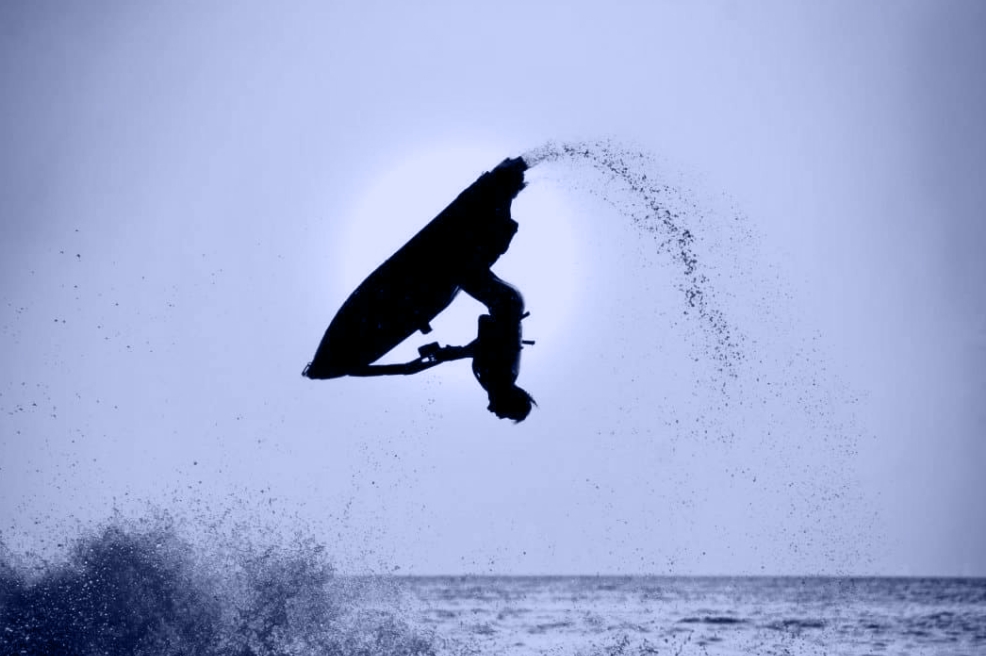In Florida, as in many other places, there are specific regulations regarding how close you can ride a jet ski (personal watercraft) to the shore. These regulations ensure safety, protect swimmers, and minimize disturbance to the shoreline and beachgoers.
Here are the general guidelines…
Distance Regulations
- No-Wake Zones
- Typically, jet skis must operate at a no-wake speed when within a certain distance from the shoreline, docks, piers, and other structures.
- No-wake zones are designated areas where vessels, including jet skis, must operate at a speed that creates no appreciable wake.
- Local Regulations
- Specific distances can vary by location and may be determined by local ordinances or state regulations.
- It’s common for states to specify a distance of at least 100 feet from the shoreline or other structures where swimmers may be present.
- Environmental Considerations
- Some areas may have additional regulations to protect sensitive habitats and wildlife near the shore. Operators should be aware of and respect these guidelines.
Safety and Legal Compliance
- Boating Safety – Operators must be familiar with and adhere to all boating safety rules and regulations, including speed limits and distance requirements from shorelines and other vessels.
- Local Ordinances – Check with local authorities, harbor masters, or signage in the area for specific rules regarding jet ski operations near shorelines.
In Florida, and generally, in most places, jet ski operators must maintain a safe distance from shorelines to ensure the safety of swimmers, minimize shoreline erosion, and comply with environmental regulations. Always respect these distance regulations to enjoy jet skiing responsibly and legally.




